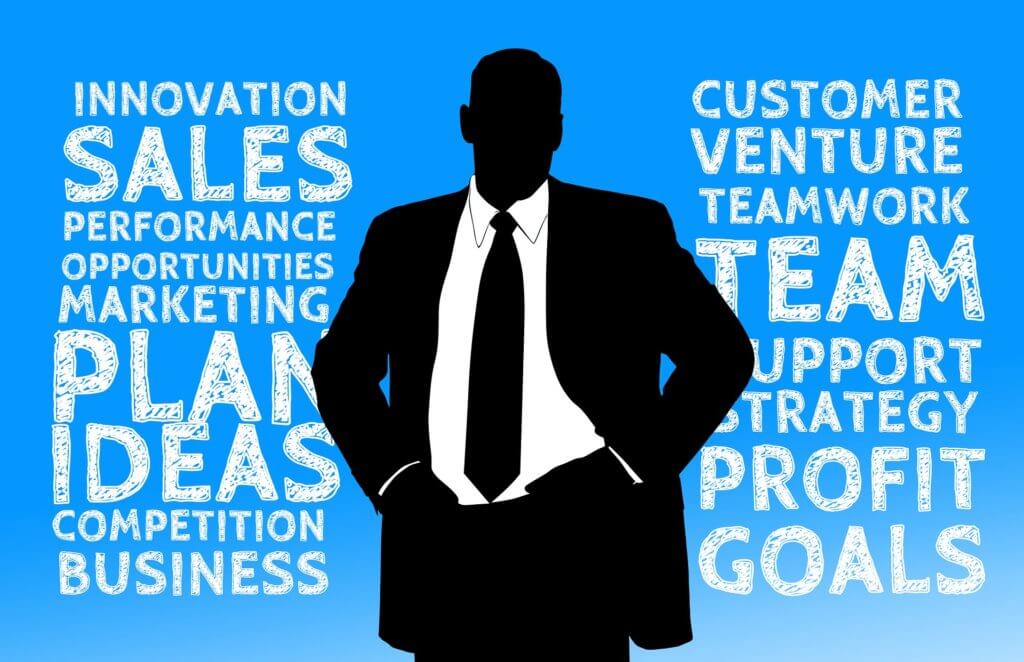In this webinar, Nimble CEO Jon Ferrara discusses modern sales techniques with Max Altschuler, a widely recognized thought leader on sales and technology.
As an entrepreneur, author, and CEO of Sales Hacker, Max is dedicated to helping start-ups build modern, efficient, high-tech sales processes and generate more revenue.
How Sales Have Evolved Over Time
Today we have more data at our fingertips than ever before, but so does our buyer. Customers have changed where and how they buy, and we need to change the way we sell.
Sales are becoming more efficient now that we have access to analytics and tools to automate tasks. Sales teams should take advantage of new technology to support their processes, increase effectiveness and stay ahead of the competition. Just make sure the technology is supporting your sales process and not replacing it.
Because the customer has more information than ever before, sales are evolving to be more consultative. Build relationships not only with your prospects and customers but their influencers as well. Start becoming a trusted advisor and they will ultimately become your evangelists.
1. Combine Sales Intelligence Tools with A Human Touch
CRM systems such as Nimble make it easier to send mass emails, run tests, and understand what’s working and what’s not, but automation has its limits.
Canned emails that don’t provide any context or offer any information other than the fact that you want to sell to them don’t resonate with your audience. While you can create a digital journey for your customers and minimize human interaction, a human touch will be necessary in order to grow sales. Keep in mind, the larger the deal size, the greater the need for higher touch.
The best companies are rebranding their salespeople to humanize the role, changing their title from account executive or sales development representative to a national marketing consultant or conversational marketing advisor.
People have a natural distrust for salespeople and they want to talk to an advisor who’s going to help them strategize or consult with them on their business. Change how you’re approaching prospects from a sales point of view to a consultative point of view and you’ll increase your sales numbers.
2. Use Digital and Social to Build Your Brand
Social media is increasing transparency and customer expectations, and companies need to empower their team members to build their brand in order to be successful today.
Companies like Drift are encouraging their sales representatives to post on behalf of the company, building their personal brands while also building the company brand. Whether it’s a product announcement or event information, their customer-facing reps post the information, spreading the company message.
LinkedIn engagement pods allow you to post comments in a group where engagement such as likes and comments help the content go viral more quickly. You can link to a product demo or another piece of content on your company website in that first comment, allowing you to build a network for yourself.
Relationships can also start organically across social media. A conversation on Twitter might shift to a connection on LinkedIn, which then shifts to an email and an appointment, and ultimately, to a connection in places like Facebook and Instagram, where people connect on areas of commonality in life. When you take your connections from LinkedIn to connections across areas of commonality, you deepen the relationship and keep it authentic.

3. Leverage Referrals and Reviews
Leverage your referrals and reviews to increase your sales and marketing engagement. Sales and marketing should work together to develop a plan for obtaining reviews and referrals in the honeymoon period right after a deal closes.
Make sure your product can add value right away and the buyer can use it very quickly. If they need to hire consultants to install or it takes three to six months to set up, it will be difficult to solicit reviews or referrals immediately after the sale.
Someone on your team should be in charge of gathering reviews for review sites like TrustRadius or Capterra. Because potential customers will be researching you, make sure you are showing up well on these sites.
When you do obtain reviews from satisfied customers, use them in your sales process. Take a really good customer quote or review and put it in your email signature, for example. Reviews are a great marketing tool for salespeople.
Once you’ve closed the deal, how do you ask for the referral? Reach out to your contact and ask them if there are other decision-makers they can introduce you to that may have a need for your product or service. A lot of people are afraid to ask for referrals from customers, but typically they are happy to provide them. Make it part of your process and you’ll grow your lead pipeline.
4. Engage in Conversational Sales and Marketing
The future of sales is about having a conversation versus delivering a sales pitch. Companies are building onsite chat programs that allow conversations to occur in real time versus online lead forms that offer no interaction.
The immediacy of chat allows you to qualify the prospect in real time and schedule a demo, instead of waiting for them to fill out a lead form that gets routed within the company and ends up taking two weeks for an appointment.
Chat occurs while the prospect’s focused on the issue and allows the conversation to progress naturally. Being able to ask well-timed and well-researched questions will yield better results than sending an email about pain points and how your product can solve them.
Conversational sales are all about asking questions, listening and learning about their business, and finding ways to add value. That immediately builds the intimacy and trust with prospective customers to close deals.

5. Connect with Sales Engagement
When you’re selling to someone; you’re selling to three elements: 1) the company employee that is going to look like a hero, 2) the product or service that is going to make them look good and fix their issues, and 3) the company and ROI they’re going to achieve. if you can connect on those three things, you’ll be on your way to closing the deal.
The Marketing Rule of Seven states that a prospect needs to “hear” the advertiser’s message at least seven times before they’ll take action to buy that product or service. Depending on who you’re targeting, make sure you’re using different mediums, whether it’s phone, email, social or even direct mail.
By sending multiple touch points and exposing the prospect to your brand, you’re building brand recognition and mindshare every time they see or hear your message.
The personal touch is critical, but how do you do that at scale? An app called Felt enables you to do just that by learning your handwriting. Felt allows you to essentially send prospects and customers handwritten cards and notes or even pictures for a more personalized message.
The Importance of Striving for Sales Efficiency
If your salespeople are spending more time on research than selling, you need to find ways to make your sales team more efficient. Develop sales and marketing tools that are future proof and always working for you, such as building an online community and creating your own content.
Then make sure you’re arming your salespeople with reviews and collateral they can use in the sales process when somebody has an objection, and keep your marketing assets where salespeople can easily access and send out to the masses very quickly.
Lastly, leverage platforms like Nimble and other technology tools that allow you to do more with less. The more time your salespeople spend selling, the more successful your company is going to be.

